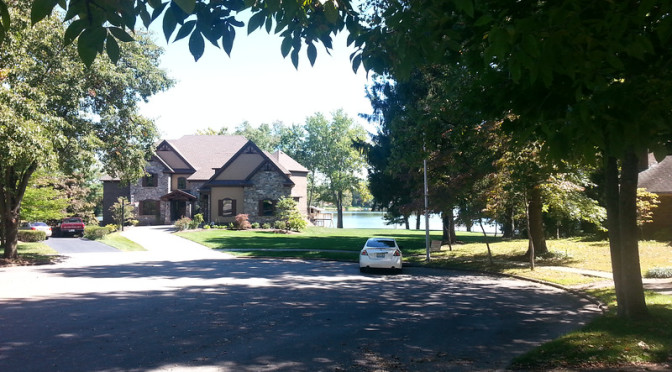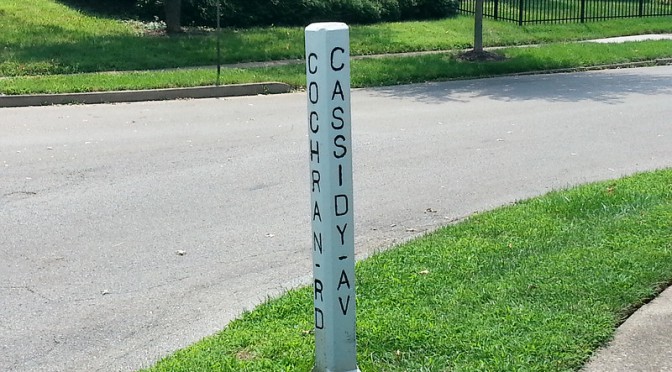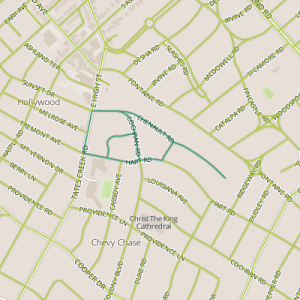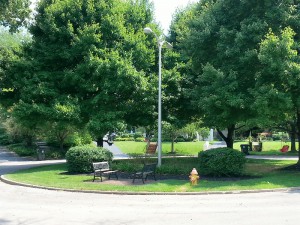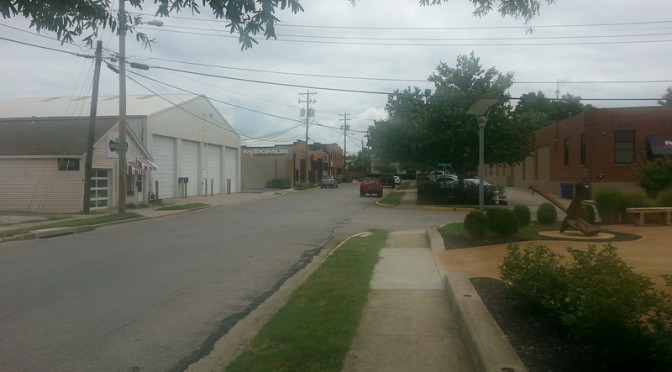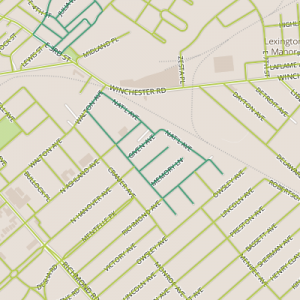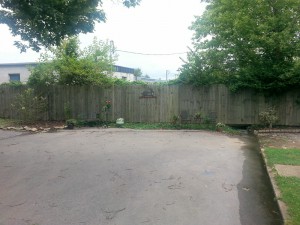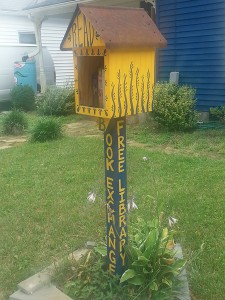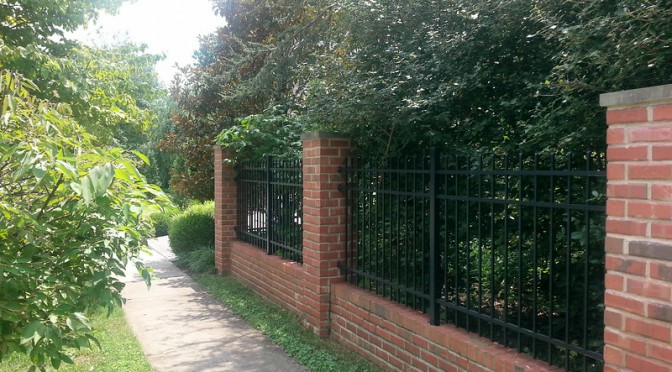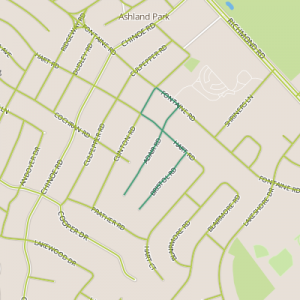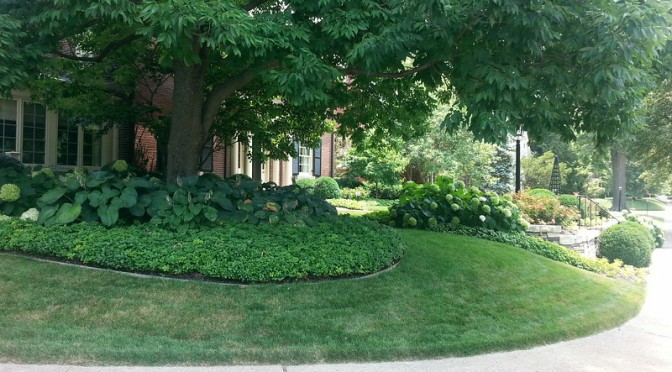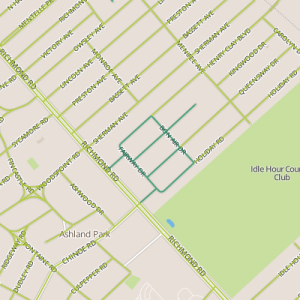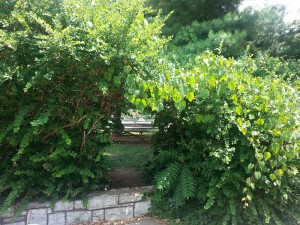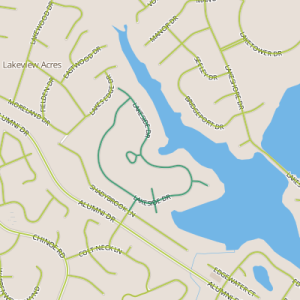 Today’s walk was through a neighborhood the assessors office calls Lakeview Island and the signage in the neighborhood calls Lakeside. The lake in question is Reservoir #3, the westernmost of a chain of reservoirs located between Richmond and Alumni just inside New Circle Road. Though functionally a reservoir, it still provides lake-like views and lake views demand a premium. These are nice houses, and modern ranch-style houses dominate, giving away the neighborhood’s approximate age.
Today’s walk was through a neighborhood the assessors office calls Lakeview Island and the signage in the neighborhood calls Lakeside. The lake in question is Reservoir #3, the westernmost of a chain of reservoirs located between Richmond and Alumni just inside New Circle Road. Though functionally a reservoir, it still provides lake-like views and lake views demand a premium. These are nice houses, and modern ranch-style houses dominate, giving away the neighborhood’s approximate age.
A few things are evident. First, this area does not have a high degree of turnover. It feels stable, though too much stability can set a neighborhood up for relatively drastic change as older residents move away. This neighborhood seems like it may be headed in that direction, with little of the evidence of young families with kids that most neighborhoods have. It also seemed to lack, not character exactly, but perhaps that level of consistent and quality effort at creating space that really impressed me in Henry Clay on Day 38. Some places did have quality landscaping or other work done, but it just wasn’t consistent. Too many places had large unbroken lawns, often on hills that probably made them difficult to mow but unsuitable for much else (except sledding!)
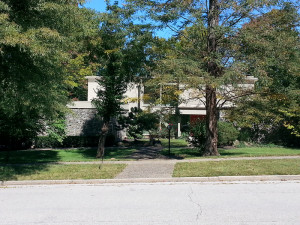
What works: interesting architecture
What doesn’t: premium prices mean this neighborhood seems house rich and cash poor.
